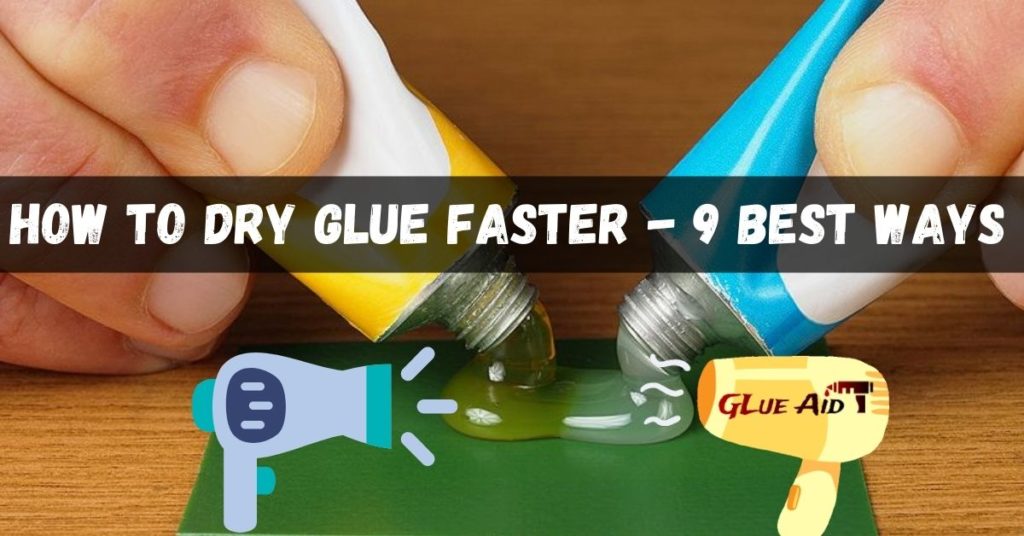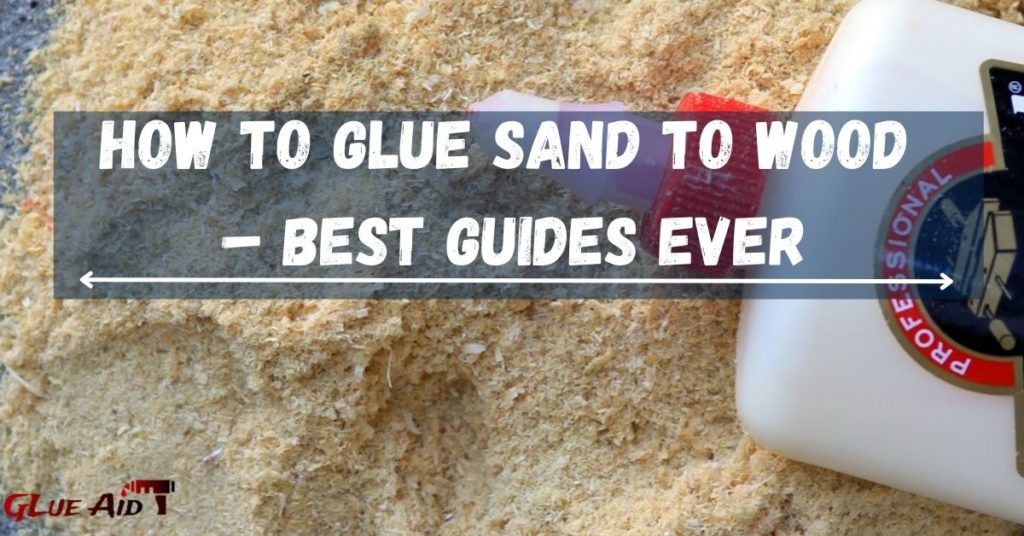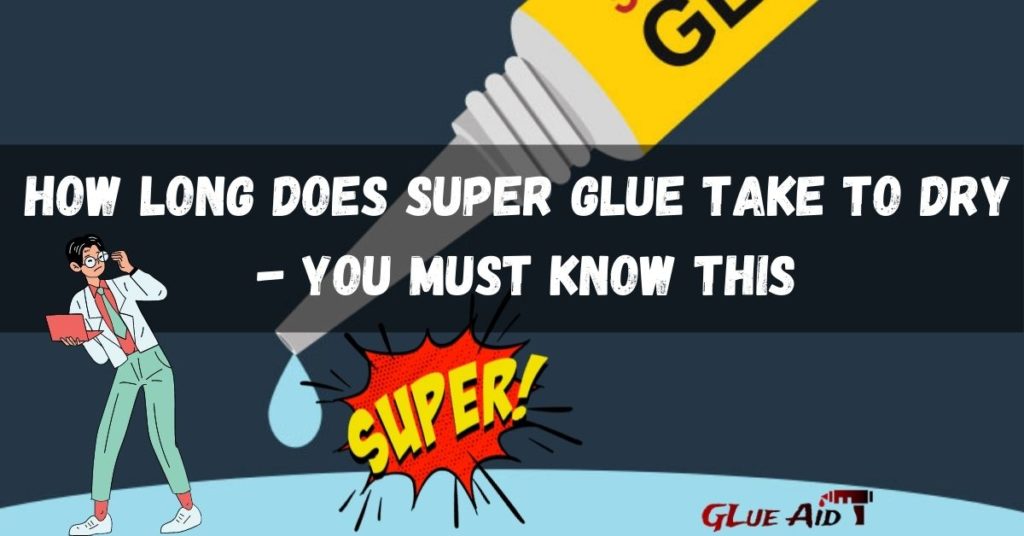So, you’re doing your repairs, and it seems like the glue is taking forever to dry. It’s not a problem, though, since glue can take quite some time to dry. But is there something you can do to make it dry faster? Oh yes, there is.
This article has a few tips to help you dry your glue faster. Sit tight as we show you how to dry glue faster.
Table of Contents
How Can You Make Glue Dry Faster?
There are so many ways you can do that. Let’s look at the different methods.
1. Using Heat
The most obvious answer to drying anything, be it clothes or wet surfaces, is heat. Any surface with heat will dry up faster with exposure to heat. It is the same with a surface with glue as well.
So how do you use heat to dry glue faster?
- You can do your project out in the sun. When you expose the glue to the sun, it will dry faster, thanks to the drying capabilities of the sun.
- Use a heater. Heaters produce lots of heat that you can use to dry up glue faster. That is easier when you’re working on an indoor glue project. You can also use the heater outdoors, but it won’t have quite the excellent results you can get when you do it indoors.
- Generate heat with an electric blanket. Electric blankets can produce lots of heat that quickly dry a wet surface. So, if you cover the surface with glue with the blanket, you can expect a fast-drying time.
2. Using a Blow-dryer
A blow dryer can blow hot, dry air to a surface and dry it as fast as possible. What then makes it any different if you decide to use it to dry a surface with glue?
Blasting a glued surface with a blow-dryer will dry the surface faster than you can anticipate. It, however, might be a massive problem if you are working on a large project.
It will take you long to dry such a large surface with only a blow dryer. But that doesn’t mean you shouldn’t try it.
3. Using a Fan
The sun dries clothes, but wind can also dry clothes in its absence. The same applies to glue. Therefore, if you direct the rapid airflow of the fan to the surface with glue, you can expect it to dry fast.
Run the fan at the maximum power for several hours with the glue project in front of it for the best results.
4. Use New Glue
Glue, unlike wine, doesn’t get better with age. Therefore, you want always to be sure to use glue as soon as possible. Therefore, if you wish your glue project to proceed as smoothly as possible, you’ll need to use a more recent superglue.
Thanks to the low shelf life, superglue conforms to this tendency more than most other glues. For instance, if you’ve had a bottle of glue for more than one year, then it is a sure sign of problems.
Such superglue will take longer than others to dry, thus complicating your projects.
5. Work on Your Project in a Well-Ventilated Area
Ventilation matters a lot when using gorilla glue, the original super glue, or other hardcore adhesives. In such a place, the cooling effect of the air will make the glues dry faster. Superglue, for one, dries so fast once you expose it to air.
6. Less Is More: Apply Just a Small Amount
Too much of it isn’t advisable whenever you are using glue since the lesser, the better. That’s more apparent when you work on wood, where too much glue will only be problematic.
Using too much glue may make it take ages to dry thoroughly, and no one wants that for their project.
Apply the glue in an amount that’s just enough. That ensures you don’t waste your glue and gives you faster drying times. However, that doesn’t mean applying too little to get your project going.
7. Accelerators And Faster Drying Times
Besides the remedies we have already discussed, do you know specific chemicals to help the glue dry faster? These accelerator agents might come with the glue, depending on the type you buy.
You may also buy them independently on Amazon.
However, you will have to be careful when applying since too much of the accelerator agent might cause an issue with the glue adhering to the surface.
8. Using Compressed air
Besides all the other methods, consider using compressed air to make glue dry faster. It uses the same ventilating and cooling principle as previously mentioned, and it works exceptionally well with super glue.
With compressed air, you will use a compressor can, which you will use to blow your project with compressed air. Although it has a fast drying rate, it can be a dangerous affair, especially when it touches your skin.
9. Use A Clamp
This might appear a less conventional way to make your glue dry faster, but it works. Clamps can come in handy applying pressure to the surface you are using glue on. That’s more apparent when you are working with wood.
Since you will probably have to use a hot glue gun to apply the glue, a clamp will make the glue adhere and dry faster.
Bonus Tips to Help Dry Glue Faster
- Use the Right Type of Glue
The range of glues you can use is broad. However, it will all come down to the one you choose. If you choose one with a slow drying rate, you’ll only blame yourself. Always select the glue wisely. You will thank us later.
- Work Only on Dry Surfaces
You don’t want to add a wet glue project to a damp surface since it only prolongs the drying time.
- Take Advantage of Warm Temperatures
If it’s warm outside, work outside and see how fast the glue will dry. If it’s warmer inside, then work inside. The goal is to follow warm temperatures for faster drying times.
FAQs About How To Dry Glue Faster
Does glue dry faster in hot or cold?
The glue dries faster in cold than hot. When the temperature is higher, the molecules move more quickly and collide with one another more often, making it harder for them to stick together.
How do you dry glue in 5 minutes?
To dry glue in 5 minutes, use a container of water. The container should be the size of or larger than the area you are attempting to dry glue. Pour the water onto the area you are attempting to dry glue. The water will evaporate and create a cool breezy environment that will absorb all dirt. This will allow the wet glue to dry quickly.
Can you dry glue in the oven?
Glue can be dried in the oven if the glue is not toxic. If the glue is toxic, then it should not be dried in an oven.
What glue dries the fastest?
The adhesive that dries the fastest is cyanoacrylate, also known as superglue. One reason why it dries so quickly is that it bonds with water and other substances that cause moisture in the air. The bond then creates a rigid and durable synthetic polymer seal that isn’t dissolved by water, heat, or chemicals.
How do you melt dry glue?
When one needs to melt dry glue, it is possible to use a bain-marie or cold water.
It is also possible to microwave the glue for a few seconds, but this will only work if the glue is not hardened. If microwaving, be sure to stir the mixture continuously. Some people will also use an open flame on the glue patch, which can be dangerous because of burns.
Will Super Glue work in a freezer?
Yes, Super Glue can be used in a freezer. The glue is designed to work at room temperature and below, but it can also be used for high-temperature applications that are as low as -60 degrees Fahrenheit. It is not recommended that Super Glue be applied to the skin, as the adhesive may intensify with cold temperatures and cause skin irritation.
Final Thoughts
We hope you’ve found this article helpful, and I also hope that it will answer your question. As you can see, it isn’t a complicated process making glue dry faster.
It’s not some magical process—it just takes time. Temperature, humidity, and the surface you’re applying to all affect how quickly it dries. Hopefully, you know how to dry glue faster from the tips we shared.
Most Important Topics –
- How Long Does Mod Podge Take to Dry
- How Long Does PVC Glue Take to Dry
- How Long Does Super Glue Take to Dry
- Is Glue bad for your Skin -Things You Must Know
- How To Glue Sand to Wood – Best Guides Ever
- Is Glue Edible? – See What Experts say
- What Glue to Use for Paper Glass
- How to Fix a Hole in an Air Mattress With Super Glue
- The Pros and Cons of Polyurea Adhesives
- Is Glue Edible? – See What Experts say




